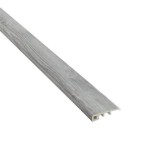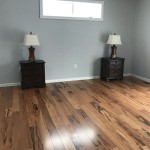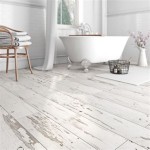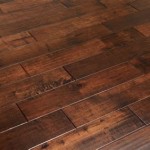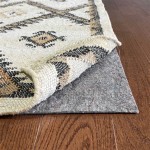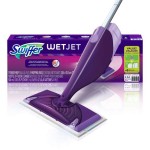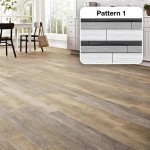Removing glued down vinyl flooring is a fairly straightforward process, but it can be time-consuming and potentially hazardous. It is important to wear protective gear while working with vinyl flooring, as the adhesive used can be toxic. The following steps outline the basic process of removing glued down vinyl flooring.
Step 1: Prepare the Room
Before beginning the process, it is important to prepare the room. You should remove all furniture, rugs, and other items from the room. Thoroughly sweep the room to remove any dirt and debris. Cover any areas that you do not want exposed to the adhesive with plastic sheeting or old towels.
Step 2: Clean the Surface
The surface should be cleaned before beginning the removal process. Use a mild detergent and warm water to clean the surface. Be sure to rinse the area thoroughly to remove all soap residue.
Step 3: Scrape the Surface
Using a putty knife or a floor scraper, begin to scrape off the vinyl. Start in one corner and work your way around the room. You may need to use a heat gun to soften the adhesive for easier removal. Be sure to wear protective gloves and a face mask to avoid inhaling any fumes.
Step 4: Remove the Adhesive
Once the vinyl has been removed, the adhesive needs to be removed as well. Use a chemical adhesive remover to break down the remaining adhesive. Apply the remover to the surface and allow it to sit for the recommended amount of time. Use a floor scraper to scrape off the remaining adhesive.
Step 5: Sand the Surface
After the adhesive has been removed, the surface needs to be sanded. This will help to ensure a smooth surface for the new flooring. Use a sandpaper or a sander to sand the surface. Be sure to wear protective gear while sanding to avoid inhaling dust particles.
Step 6: Clean the Surface Again
Once the surface has been sanded, it should be cleaned again. Use a vacuum cleaner to remove any dust or debris. Then use a damp cloth to clean the surface and make sure it is free of dirt, dust, and grime.
Step 7: Install the New Flooring
Once the surface has been thoroughly prepared, the new flooring can be installed. Be sure to follow the manufacturer’s instructions to ensure a successful installation. After the new flooring has been installed, it should be sealed to protect it from moisture and wear.














Related Posts

